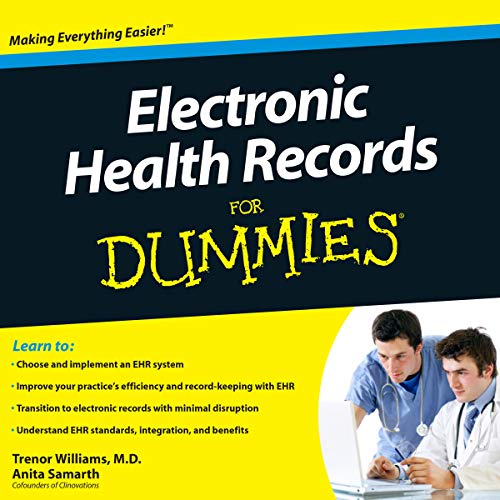
The American Medical Association asks if we can create doctors better equipped to deal with the EHR. The question lit up Twitter and its growing numbers of health professionals.
But this is the wrong question.
Framing the question becomes important when you consider how we have related to our tools as a profession. Technology has traditionally served to extend the hand of the physician – It was the instrument. And through the years technology has been the thing that defined our autonomy and shaped us as health professionals.
But the story of the electronic health record (EHR) in modern medicine can be summed up by the motto of the 1933 World’s Fair: Science Finds — Industry Applies — Man Conforms. We could say that the physician has become the tool of the EHR rather than the other way around. Given this inversion the AMA’s question seems almost reasonable.
Here’s the challenge that should keep the AMA up at night: Instead of having to adapt to technology we need to think about how technology can be created or redesigned to better serve the needs of doctors and patients.
Unpopular as it may be, I’m bullish on the EHR. Despite calls by some to disarm the EHR I don’t think we should throw out the baby with the bath water. And I can’t imagine ever again working inside a manila folder.
The solution here isn’t to eliminate the EHR but rather to reboot with the core premise of good design: empathy for the end-user. Design is underrated as a solution to our biggest problems in health care.
Industry applies – man conforms. How do we invert this in medicine? Or where is the AMA right?
If you like this post you might check out the 33 charts EHR Archives. It’s the stuff written here that focuses on issues of electronic health record. And you might like the Design Thinking Archives.
